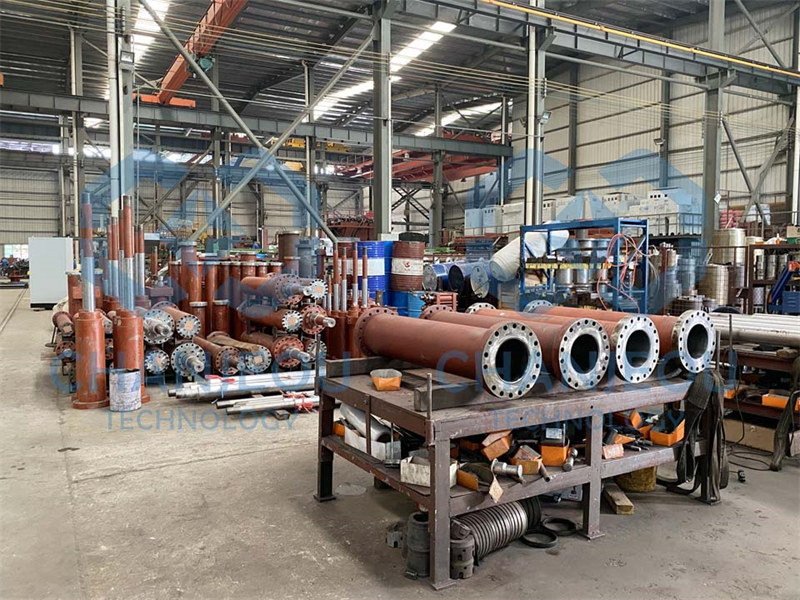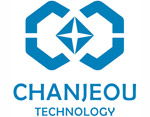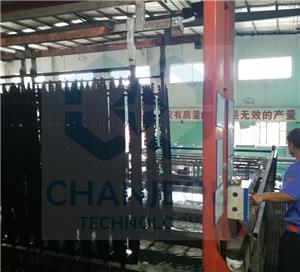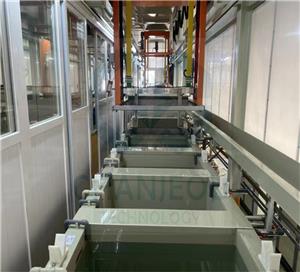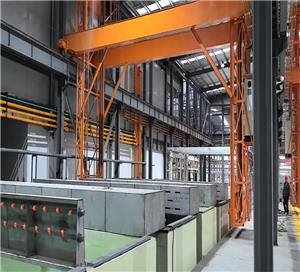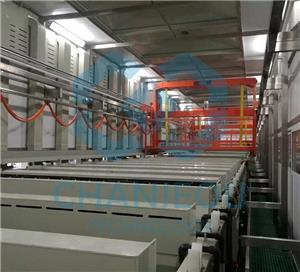The mixed outlook and cautious optimism set the tone for the European primary aluminium market this year. Overbuying and supply volatility last year led to a more cautious tone and a change in buying habits.
The London Metal Exchange's assessment of the European duty-paid premium was unchanged in the week to December 30, with Rotterdam warehouse spot prices trading at a premium of $240-$270 a tonne.
The level has fallen 60 per cent since mid-may 2022, when the duty-paid premium on the spot market surged to a record high of $630 a tonne on May 5 as consumers worried about further price increases, the rush to buy raw materials is also supported by severe energy costs and logistical bottlenecks.
Since then, markets have fallen and demand has weakened, forcing market participants into“Wait-and-see” mode until the visibility of Europe's economic woes improves.
One trader highlighted the recent pick-up in demand in the first quarter after customers returned to the market to buy at the last minute.
“No one used to buy it, and now they are buying it, just before they go on holiday. It's not a sign of a change in the market, it's just a sign that demand has been concentrated,” the trader added.
The Trader was bearish on the outlook, predicting a bear market in the first and second quarters.
Another trader stressed that the pace of destocking could determine the direction of the market, with many customers moving inventory into the first quarter and wanting to sell but unable to do so because of weak demand.
The trader acknowledged that the long-term outlook for the global aluminium market was positive and end-user demand was reasonable in the run-up to the new year, but expressed caution and speculated that recovery would begin in the middle of the first quarter.
Sources also hope that the imposition of a price cap on natural gas in Europe could help resolve demand woes, suggesting that clearer energy costs could boost consumer confidence and spur purchases.
“In the New Year, when contracts expire and customers are forced to make a decision, we are likely to see a huge wave of demand sweep through the first quarter. Europe's gas cap will provide consumers with a clearer message that they can start to hedge their energy and start buying metals,” said one market participant.
Global demand
Global aluminium demand is expected to grow by about 40 per cent by 2030, according to a study conducted earlier this year by CRU International on behalf of the International Aluminium Industry Association, the transportation, construction, packaging and electrical industries are considered to be the main drivers.
However, the statistics show that the recent trend is not optimistic. The S & P Global Aluminium consumer PMI for November pointed to deterioration in all three monitored regions, pointing to the sharpest fall in purchasing activity since May 2020, the third decline in four months.
Market participants' confidence in the future of the construction sector is shaken, as the sector appears to have been widely hit and the subsequent recovery is expected to be slow. In contrast, demand in the automotive and aerospace sectors is expected to remain strong and stable.
One trader told S & P Global Commodity Insights: “We have decided to increase our exposure to the auto industry and increase our trading volume. “Even if there is a recession, we won't feel a recession for at least six or seven months because of the backlog of orders.”
Another source said that the current interest rate environment could not support even the strongest sectors of demand because of tighter monetary policy, and that the auto sector and other sectors could be affected despite the backlog.
Supply is still up in the air
Soaring energy costs have hit European production this year and inevitably raise questions about future supplies. Driven further by the conflicts in Russia and Ukraine, many large industrial companies have been victims of the crisis in the past few months, announcing a series of production cuts across Europe, because the smelter is struggling to maintain profit margins under tight conditions.
Europe has lost 1.4 m tonnes of production as a result of the cuts, with another 1m tonnes of Russian supply diverted to Asia. “The European market is running short and putting itself in a corner-when demand recovers there will be big trouble,” said one market source.
RUSAL, the Rusal, accounts for 6 per cent of global aluminium production but widespread sanctions have driven the material away.
While there are still concerns about how supply levels will respond if demand eventually rebounds, another source predicted the situation might be less dire.
Referring to the LME's decision not to ban Russian raw materials from its warehouses, the source said, “There is growing consumer interest in buying Russian goods. Perhaps in the new year, the number of customers who accept Russian metals will grow if they think there will be no sanctions and that the metal can be traded. It has happened.”
One Italian trader stressed that investors were reluctant to hold any kind of inventory because of the coming economic environment.
